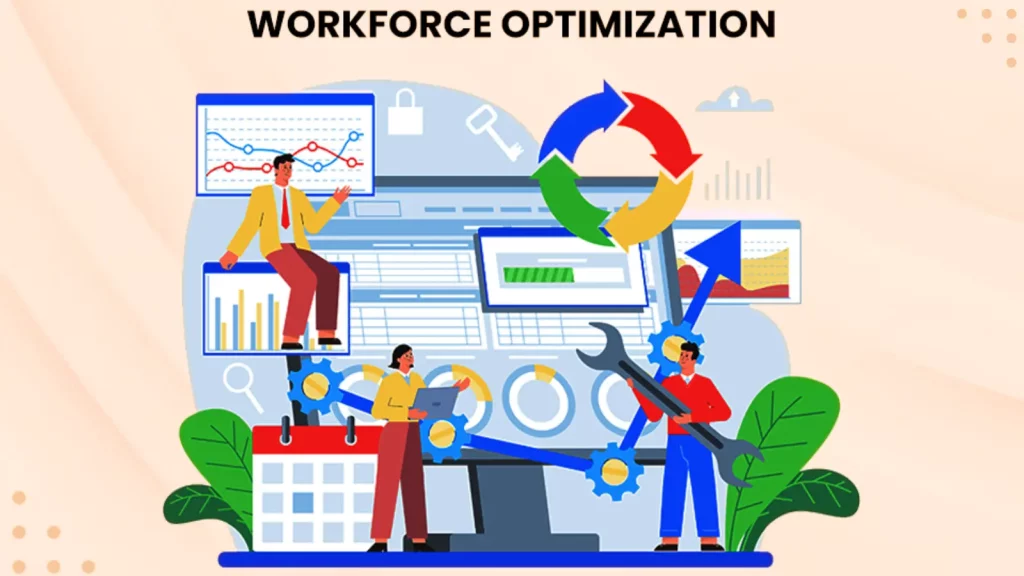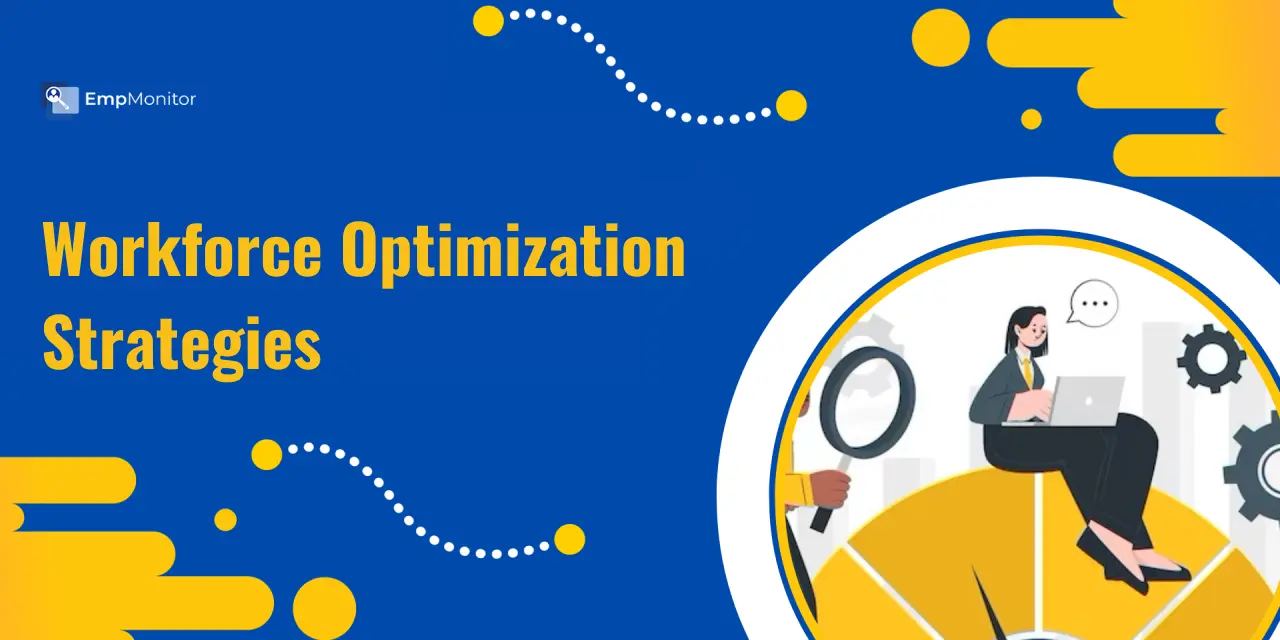The Role of AI in Workforce Optimization
The Role of AI in Workforce Optimization
Blog Article
5 Essential Workforce Optimization Tools You Need
In today's fast-paced company setting, businesses are continually seeking approaches to enhance productivity while reducing operational costs. workforce optimization has surfaced as a strategic strategy to attain these goals. By leveraging advanced methods, information analytics, and worker diamond techniques, organizations can improve procedures, improve performance, and foster a far more determined workforce. This blog post may examine different strategies for workforce optimization , giving practical ideas and examples for organization leaders seeking to improve production and cut costs.
Understanding Workforce Optimization
Workforce optimization involves a thorough way of managing and improving staff efficiency, output, and satisfaction. It mixes technology, knowledge evaluation, and individual reference management to align workforce actions with organizational goals. By optimizing the workforce, companies may ensure that the proper people are in the proper functions, doing the best tasks at the proper time.

Leveraging Engineering for Better Management
Engineering represents an essential position in workforce optimization. Sophisticated software answers might help managers monitor employee performance, monitor development, and identify places for improvement. For example, workforce administration methods may automate arrangement, lower administrative burdens, and make certain that staffing degrees meet demand. Furthermore, efficiency management instruments provides real-time feedback to workers, helping them remain on the right track and improve their output.
Knowledge Analytics and Decision Making
Data analytics is a powerful software for workforce optimization. By considering information on employee efficiency, attendance, and output, companies may obtain valuable insights in to workforce developments and patterns. These details may be used to create informed choices about staffing, training, and resource allocation. For example, information analysis can disclose maximum production hours, letting managers to routine shifts consequently and increase efficiency.
Increasing Worker Diamond
Employee wedding is really a critical component of workforce optimization. Employed employees are far more effective, motivated, and committed for their work. To improve involvement, companies may apply numerous strategies such as typical feedback, acceptance programs, and options for skilled development. Making a positive work environment where employees sense appreciated and supported may cause to raised work pleasure and increased performance.
Applying Flexible Function Plans
Flexible function arrangements, such as for instance rural perform and variable hours, may somewhat contribute to workforce optimization. These preparations may help reduce operational expenses, such as office space and utilities, while giving employees with an improved work-life balance. Also, flexible function choices may attract prime skill and raise retention charges, more increasing output and reducing employment costs.
Purchasing Staff Education
Constant teaching and development are necessary for sustaining a talented and successful workforce. By purchasing worker teaching applications, organizations may make sure that their team continues up-to-date with the latest industry developments and technologies. Well-trained workers tend to be more capable of handling complex tasks, resolving problems, and changing to improvements, resulting in improved output and paid down costs related to errors or inefficiencies.
Streamlining Procedures and Workflows
Optimizing workflows and processes is another efficient way to improve production and minimize costs. Organizations can use method mapping and analysis to spot bottlenecks, redundancies, and inefficiencies within their operations. By streamlining these techniques, companies may remove spend, minimize setbacks, and increase overall efficiency. Utilizing slim concepts and constant development methodologies may more increase workflow optimization efforts.
Applying Efficiency Metrics
Efficiency metrics are necessary for monitoring and considering workforce optimization efforts. Essential efficiency signals (KPIs) such as for instance worker production, absenteeism charges, and client satisfaction provides useful insights in to the effectiveness of optimization strategies. Regularly reviewing these metrics enables managers to recognize parts for development, produce data-driven choices, and track progress towards organizational goals.
Encouraging Collaboration and Teamwork
Fostering a lifestyle of effort and teamwork can have an optimistic affect workforce optimization. Stimulating workers to work together, share a few ideas, and support one another may cause increased development, problem-solving, and overall productivity. Team-building actions, cooperation resources, and start communication programs can help create a logical and inspired workforce.
Aiming Workforce Goals with Organization Objectives
To reach effective workforce optimization , it's crucial to align employee objectives with over all organization objectives. That alignment ensures that every team member knows their position in the organization and works towards frequent goals. Apparent interaction of business perspective, vision, and values will help personnel start to see the dilemna and stay inspired to donate to the organization's success.

Checking and Changing Methods
Workforce optimization is a continuous method that requires constant checking and adaptation. Often researching optimization techniques, collecting feedback from personnel, and keeping current with market trends will help firms stay agile and tuned in to changing needs. By remaining variable and available to new methods, organizations may ensure long-term success in workforce optimization efforts.
Conclusion
Workforce optimization is a multifaceted method that will lead to substantial improvements in productivity and charge reduction. By leveraging engineering, information analytics, and employee wedding techniques, businesses can cause a more efficient and determined workforce. Applying variable work measures, purchasing teaching, and streamlining operations are just a couple methods to accomplish these goals. Eventually, effective workforce optimization requires continuous monitoring, positioning with organization objectives, and a responsibility to fostering a confident function environment. By adopting these techniques, businesses can maximize performance, minimize expenses, and achieve sustainable growth. Report this page